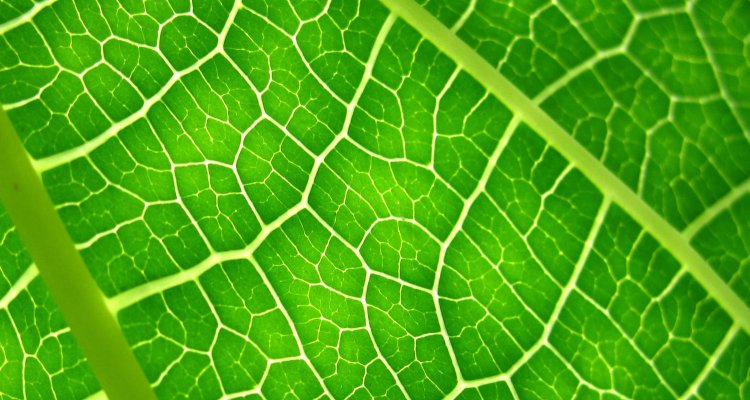
News
Jan IngenHousz: Dutch scientist whose fascination with plants changed the world
Researchers at the Jan IngenHousz Institute have been endeavoring since October 2023 to unravel the secrets of photosynthetic efficiency. The institute is named after the 18th-century Dutch scientist Jan IngenHousz. He discovered that plants absorb carbon dioxide and produce oxygen under the influence of sunlight. Mice played a significant role in this, notes David Kramer of the Jan IngenHousz Institute in Wageningen. As scientific director, Kramer has delved into the namesake of the new photosynthesis institute. Read his story here:
Two hundred and forty-five years ago, Dutch scientist Jan IngenHousz became fascinated with plants, and this changed the world.

After a successful career as a physician famous for his smallpox inoculation, serving royal families and working from London to Vienna to Paris, he left his hometown of Breda in the Netherlands for a small villa near London, hiding himself away from the ‘noise of the metropolis’ to study plants and contemplate nature. The funny thing is that Jan IngenHousz was not a trained plant scientist. It was his thirst for knowledge, his eagerness to do hundreds of experiments and a lot of deep thinking that led IngenHousz to make several remarkable discoveries that would change the world and prompted him to propose grand strategies to improve agriculture worldwide. Today’s science is still catching up with his vision, making him one of the most important scientists of all time.
Prior to his fascination with plants, IngenHousz was a key player in the rapid advances in science that were occurring in the 18th century. Among his other achievements, he promoted the prevention of diseases with the precursor to vaccines and helped us understand the nature of electricity.
What inspired IngenHousz to study plants was a new theory about air. People knew that animals, including people, needed good, fresh air to live and that air was gradually ‘poisoned’ when animals breathed it. This is why a mouse sealed in a jar will die unless it gets fresh air.British scientist Joseph Priestley showed that adding plants to the jar could rescue the mouse. It seemed that the plants could ‘purify’ the air. But this purification didn’t always work, and no one knew how the plants performed their magic.
The genius of IngenHousz was in letting nature guide him to the truth, by systematically exploring not only when the purification worked, but also, and more importantly, when it failed. He figured out that it was the green leaves that purified the air, but only when exposed to sunlight. Leaves in the dark ‘poisoned’ the air, just like animals.
What IngenHousz had discovered is photosynthesis, the process where plants use sunlight (solar energy) to remove CO2, the ‘poison’, from the atmosphere and produce the oxygen we breathe. In his later work, he demonstrated that this is the process that makes plants grow and produces all our food. Amazingly, his work showing that animals and plants in the dark do the opposite also led to the discovery of ‘respiration’, the process that animals, including us humans, use to extract energy from the food we eat.
IngenHousz didn’t kill mice to make these discoveries. Instead, he refined and perfected a scientific instrument that was very advanced for the time to take precise measurements of the purification of the air.
But IngenHousz went even further. He found that plants that were unhealthy or in poor environments poisoned rather than purified the air. He deduced from this that agriculture could be improved by increasing photosynthesis and suggested that this could be achieved by improving the management of water and land.This vision is the quest of much of agricultural research today.
IngenHousz could barely have imagined how important and how complex this quest would become. Nor could he have known that the ‘purification of the air’ by photosynthesis would be the key to saving the world from climate change and hunger.
This is why a new scientific institute, founded in the Netherlands, is named in his honour. The Jan IngenHousz Institute’s vision is to support the development and sharing of cutting-edge scientific tools around the world, bringing together researchers from many disciplines and countries to realise more sustainable agriculture through photosynthesis, not just for the wealthy, but for everyone.
David M. Kramer, Ph.D.
Founding Scientific Director of the Jan IngenHousz Institute.